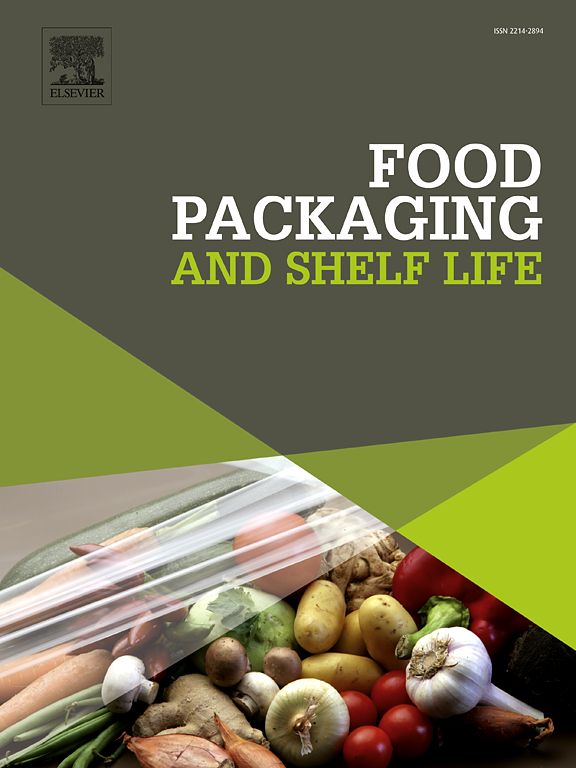Recent advances on anthocyanin-based smart films for food packaging: Insights into the fabrication parameters and optimization strategies
IF 10.6
1区 农林科学
Q1 FOOD SCIENCE & TECHNOLOGY
引用次数: 0
Abstract
Anthocyanin-based smart films have gained significant research attention due to their capability for real-time food freshness monitoring. While existing studies have extensively documented smart film compositions and applications, a systematic discussion regarding optimization of fabrication parameters and strategies for functional enhancement is still lacking. This review systematically analyzes the key fabrication parameters including feedstock type, blending ratios of each component, pH of film-forming solution, homogenization method, particle size of feedstock, and drying temperature, which significantly influence smart film properties by modulating intermolecular interactions such as hydrogen bonds. Nevertheless, a standard guidance for the selection of fabrication parameters is still missing due to the diversity of matrix and anthocyanin types. The strategies (e.g., nanotechnology and copigmentation) to improve the barrier properties, antibacterial and antioxidant properties, pH sensitivity, and stability of smart films are also summarized in this review. Current research highlights that enhancing specific functional properties of smart films may adversely affect others. Therefore, a thorough assessment of optimization strategies prior to their application is necessary. Furthermore, future work should also expand application targets of anthocyanin-based smart films, scale up their fabrication, and improve market acceptance. This review could facilitate the further development of anthocyanin-based smart films with excellent performance for food packaging application.
基于花青素的食品包装智能薄膜的最新进展:对制造参数和优化策略的见解
基于花青素的智能薄膜由于其实时食品新鲜度监测的能力而获得了重要的研究关注。虽然现有的研究已经广泛地记录了智能薄膜的组成和应用,但关于制造参数的优化和功能增强策略的系统讨论仍然缺乏。本文系统分析了通过调节氢键等分子间相互作用影响智能膜性能的关键制备参数,包括原料类型、各组分的混合比例、成膜溶液的pH、均质方法、原料粒度和干燥温度。然而,由于基质和花青素类型的多样性,仍然缺乏选择制造参数的标准指导。本文还综述了提高智能膜的屏障性能、抗菌和抗氧化性能、pH敏感性和稳定性的策略(如纳米技术和共色素)。目前的研究强调,增强智能薄膜的特定功能特性可能会对其他功能产生不利影响。因此,在应用优化策略之前对其进行全面评估是必要的。此外,未来的工作还应扩大基于花青素的智能薄膜的应用目标,扩大其制造规模,并提高市场接受度。本文综述有助于进一步开发具有优异性能的基于花青素的食品包装智能薄膜。
本文章由计算机程序翻译,如有差异,请以英文原文为准。
求助全文
约1分钟内获得全文
求助全文
来源期刊

Food Packaging and Shelf Life
Agricultural and Biological Sciences-Food Science
CiteScore
14.00
自引率
8.80%
发文量
214
审稿时长
70 days
期刊介绍:
Food packaging is crucial for preserving food integrity throughout the distribution chain. It safeguards against contamination by physical, chemical, and biological agents, ensuring the safety and quality of processed foods. The evolution of novel food packaging, including modified atmosphere and active packaging, has extended shelf life, enhancing convenience for consumers. Shelf life, the duration a perishable item remains suitable for sale, use, or consumption, is intricately linked with food packaging, emphasizing its role in maintaining product quality and safety.
 求助内容:
求助内容: 应助结果提醒方式:
应助结果提醒方式:


